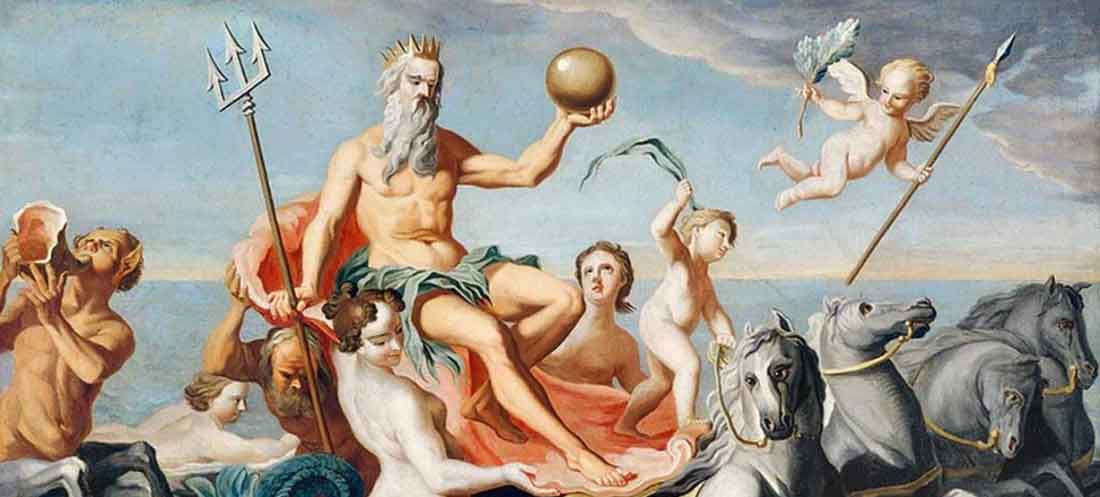Erichthonius, the mythical king of Athens

The history of Erichthonius is part of a set of many myths that aimed to highlight the political superiority of Athens over the rest of Greece, arguing that its first leaders were “indigenous” that is, literally came “from the earth itself.”
The aim was to prevail the view that the founders of Athens did not migrate from other areas, so the city did not owe its greatness to other cities, but came from it.
In most versions of the myth, the goddess Athena visited Hephaestus to order an armor for him, he was left alone because Aphrodite had left him, and so he tried to make her his own. Another version says that Poseidon in his contest to claim the area of Athens from Athena, lost and decided to take revenge by encouraging Hephaestus to rape Athena.
Athena fought hard to maintain her chastity, with the result that from her contact with Hephaestus, only a piece of cloth from her dress fell to the ground. Fertilization was then done with the help of Gaea (the Earth). Erichthonius was born from this violent union of the two gods, while his name suggests that he was a man of fabric and earth.

When Erichthonius grew up, he exiled Kekropas and seized the throne. As king he erected the wooden statue of Athena, placed it in the Erechtheion (as it was later named) and founded Panathenaea. During the Panathenaic period, “virgin daughters”, virgin girls, represented the myth, carrying covered baskets containing sacred objects from the Parthenon to an underground cave in the grove of Aphrodite.
It is also said that Erichthonius invented the closed chariot (perhaps to hide the snake in its lower half). It was later characterized as the constellation of Iniochos. On the ivory statue of Athena of the Parthenon, Erichthonius is presented as a snake, which is hidden behind the shield of the goddess. Most of the information about our Erichthonius comes from the Roman grammar Hyginus and Pausanias.
